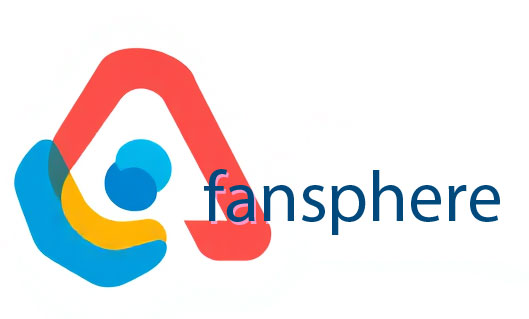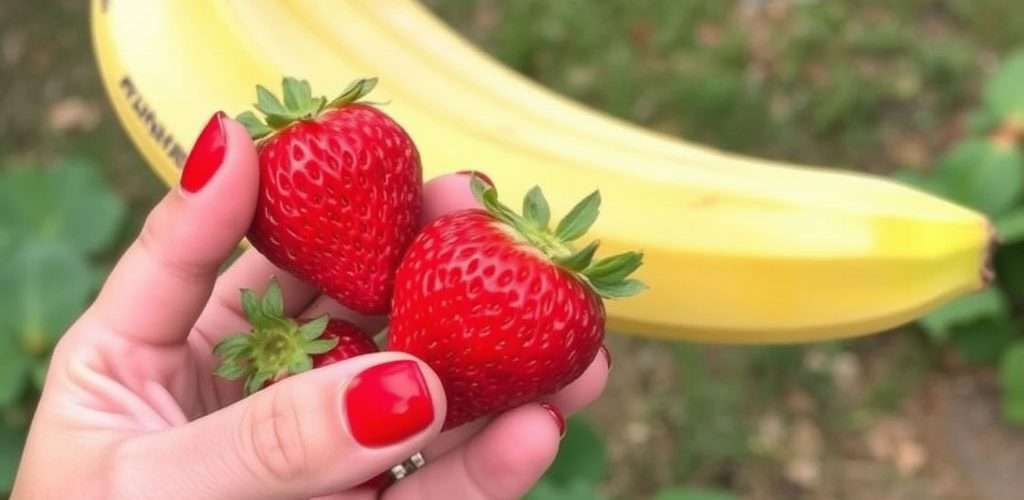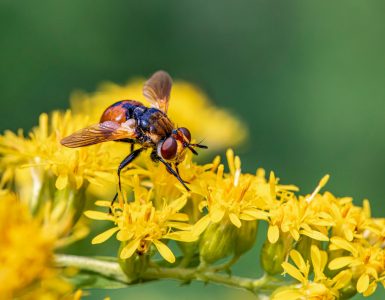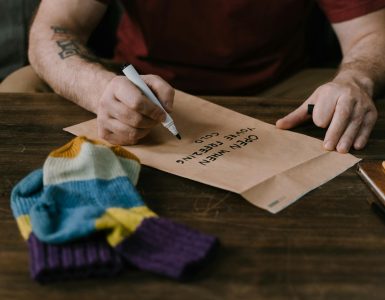Botánicamente hablando, los plátanos se clasifican como bayas, mientras que las fresas no. Una baya es una fruta producida a partir del ovario de una sola flor con semillas incrustadas en la pulpa. Sorprendentemente, los pepinos, los kiwis y las uvas también se consideran bayas. En cambio, las fresas se clasifican como frutas agregadas porque se forman a partir de múltiples ovarios.
También le puede interesar
Lo familiar, reimaginado: Giros inesperados en el conocimiento cotidiano
We think we know the world. We’ve been told a million facts, seen countless documentaries, and scrolled through endless trivia lists. But what if the things we *think* we know are just the tip of a very strange iceberg? Let’s dive into some seemingly ordinary facts and uncover their wildly unexpected sides. The Surprisingly Social Lives of Plants We often picture plants as passive, silent members of the ecosystem. Wrong! Plants are shockingly social creatures. They communicate via chemical signals, warning each other about insect attacks or environmental stress. Imagine a forest as a giant, gossiping network, exchanging information through the soil! This is no simple root-to-root connection; some plants even release volatile organic compounds into the air to alert their neighbors to impending danger – like a plant-based early warning system. Furthermore, certain plants exhibit incredibly complex behavior. The Venus flytrap, for instance, isn’t just passively waiting...
Los sorprendentemente conectados: Una sacudida de asombros cotidianos
Ever feel like the world’s a bit of a chaotic masterpiece, stitched together with threads of oddly connected facts? Well, you’re right. Let’s dive into some everyday “facts” – the kind you think you know – and flip the script a little. Prepare for a jolt of surprising connections and trivia that might just make you question everything (in a good way, of course). The Humble Banana’s Unexpected Legacy We all know bananas. Yellow, curved, potassium-packed…boring, right? Wrong! The Cavendish banana, the ubiquitous grocery store variety, is a monoculture – meaning almost all Cavendish bananas are genetically identical clones. This makes them incredibly vulnerable to diseases. The previous dominant banana, the Gros Michel, was wiped out by Panama disease in the mid-20th century. That’s right, your favorite fruit’s existence hangs precariously by a genetic thread. A similar disease threatens the Cavendish now. So next time you peel one, appreciate...
Lo inesperadamente familiar: Un caleidoscopio de conexiones curiosas (revisitado)
Ever felt that nagging sense of familiarity with something utterly mundane? That’s because even the simplest things hold layers of hidden history, surprising science, and oddly specific trivia. Let’s dive into some everyday “facts” with a fresh perspective, uncovering the unexpected connections that weave our world together. What Are Some Strange But True Scientific Facts? The Humble Banana’s Secret Life We all know bananas. But did you know that technically, a banana is a berry? Yes, that yellow, curved fruit we peel and eat is botanically classified as a berry, along with things like tomatoes and cucumbers. While it might not alter your breakfast routine, it’s a surprisingly fun fact to drop at your next dinner party. And while we’re at it, did you know that bananas are sterile, meaning they cannot reproduce sexually and all commercially available bananas are clones of a single plant? The Surprising Story of Velcro Velcro – that ubiquitous...

























Añadir un comentario